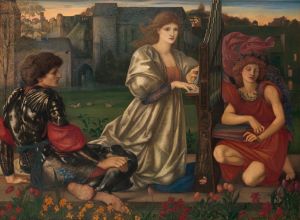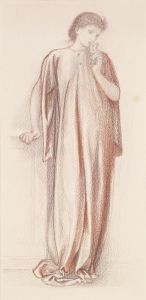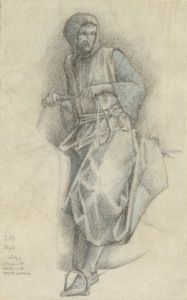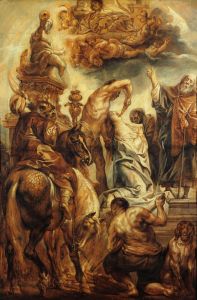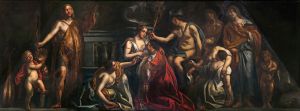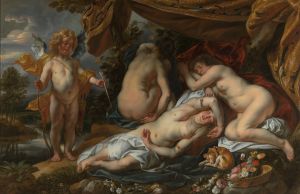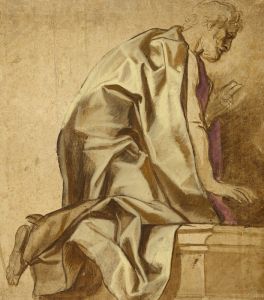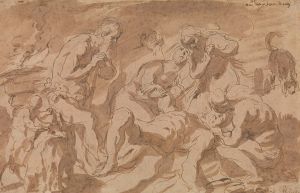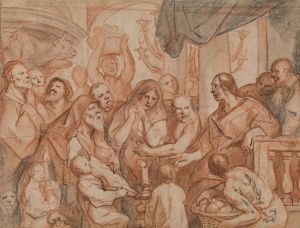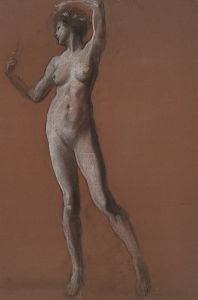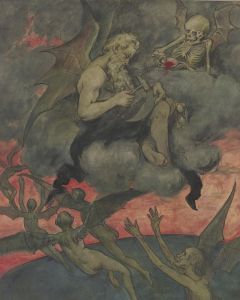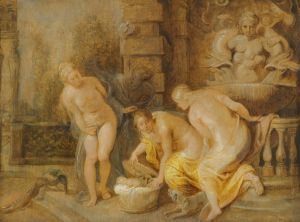
Le Repos de Diane
A hand-painted replica of Jacob Jordaens’s masterpiece Le Repos de Diane, meticulously crafted by professional artists to capture the true essence of the original. Each piece is created with museum-quality canvas and rare mineral pigments, carefully painted by experienced artists with delicate brushstrokes and rich, layered colors to perfectly recreate the texture of the original artwork. Unlike machine-printed reproductions, this hand-painted version brings the painting to life, infused with the artist’s emotions and skill in every stroke. Whether for personal collection or home decoration, it instantly elevates the artistic atmosphere of any space.
Jacob Jordaens, a prominent Flemish Baroque painter, created "Le Repos de Diane" (The Rest of Diana), a work that exemplifies his mastery in depicting mythological themes with a vivid and dynamic style. Jordaens, born in 1593 in Antwerp, was a contemporary of Peter Paul Rubens and Anthony van Dyck, and he is often celebrated for his ability to blend the grandeur of Baroque art with a more intimate and approachable sensibility.
"Le Repos de Diane" is a painting that draws from classical mythology, focusing on the Roman goddess Diana, known as Artemis in Greek mythology. Diana is traditionally associated with the hunt, the moon, and nature, often depicted as a virginal huntress accompanied by nymphs and animals. In this painting, Jordaens captures a moment of respite for the goddess, a theme that allows for a rich exploration of both human and divine elements.
The composition of "Le Repos de Diane" is characteristic of Jordaens' style, which often includes robust figures, dynamic movement, and a strong use of color and light. The painting likely features Diana in a relaxed pose, surrounded by her entourage, possibly including nymphs and hunting dogs, which are common motifs in depictions of Diana. Jordaens' use of light would typically highlight the central figures, drawing the viewer's eye to the goddess and her immediate surroundings, while the background might be rendered in softer tones to suggest depth and context.
Jordaens was known for his ability to infuse his mythological scenes with a sense of realism and humanity. His figures are often depicted with a sense of vitality and warmth, which makes the divine subjects more relatable to the viewer. This approach is evident in "Le Repos de Diane," where the goddess and her companions might be portrayed with a sense of ease and naturalism, emphasizing their connection to the natural world.
The painting reflects the Baroque period's fascination with movement, emotion, and the interplay of light and shadow. Jordaens' work often includes a lively composition with a sense of immediacy and drama, achieved through his adept use of chiaroscuro and his attention to detail in the rendering of textures and forms.
"Le Repos de Diane" is a testament to Jordaens' skill in blending the mythological with the everyday, creating a scene that is both grand and accessible. His ability to capture the essence of his subjects, whether divine or mortal, has secured his place as one of the leading artists of the Flemish Baroque tradition.
While specific details about the provenance or current location of "Le Repos de Diane" are not provided here, Jordaens' works are held in numerous prestigious collections worldwide, including the Royal Museums of Fine Arts of Belgium, the Louvre in Paris, and the Hermitage Museum in St. Petersburg. His paintings continue to be studied and admired for their dynamic compositions and their ability to convey the richness of human experience through the lens of classical mythology.





